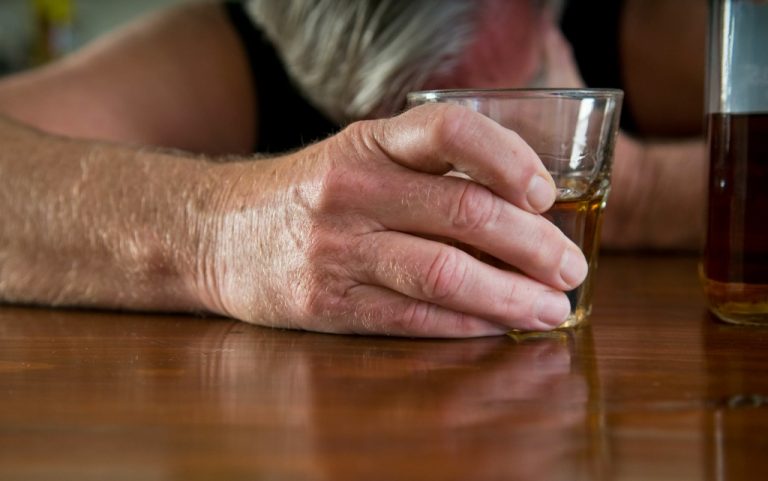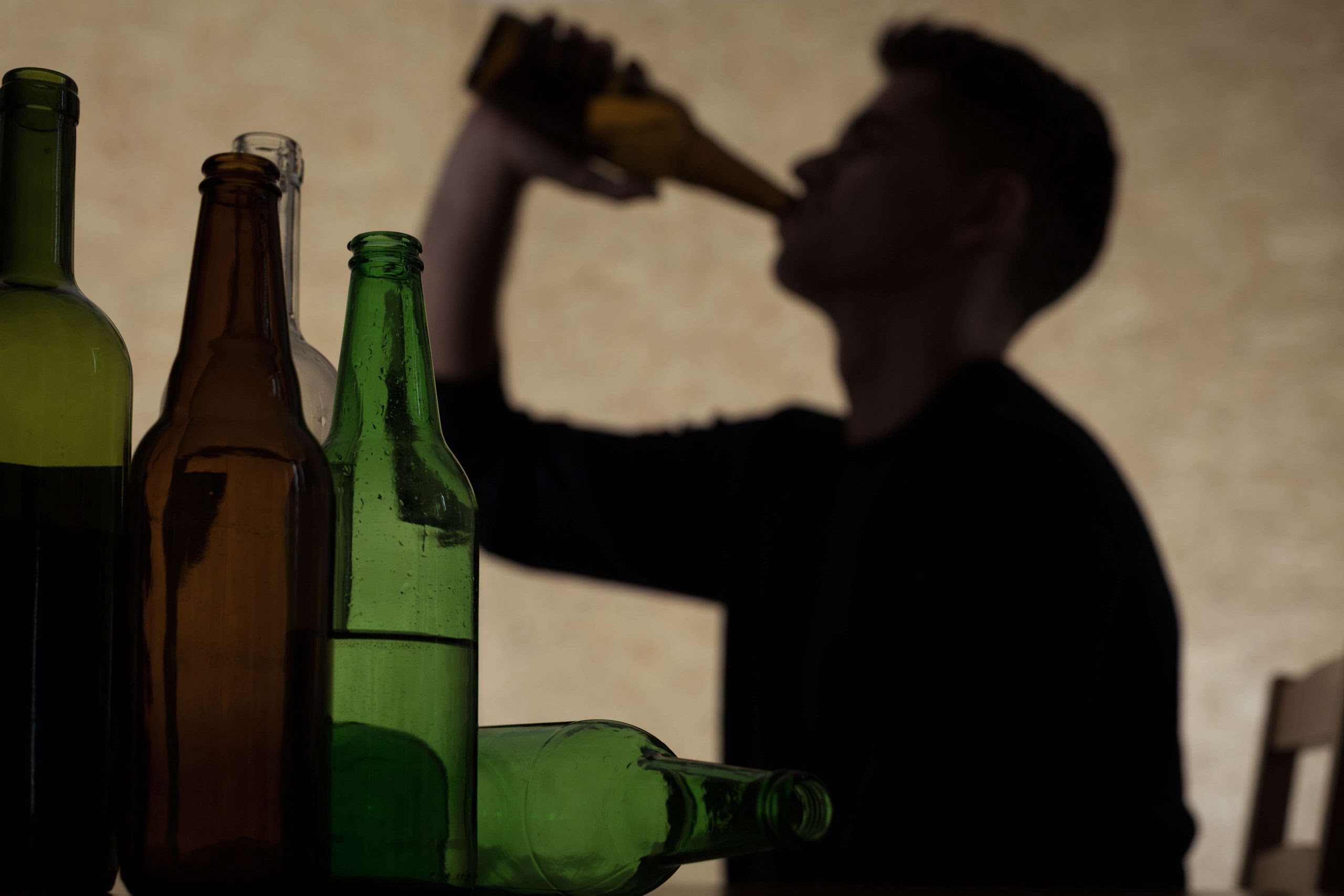Including accountability as part of your relapse prevention plan is a way to make sure you stick to the plan, as well as reviewing and refining it over time. Some people find that creating a visual reminder of recovery goals can help you stay on track. Self-care is about maintaining both physical and emotional health. This includes eating a balanced diet, getting enough sleep, and practicing self-compassion.
What is relapse prevention plan aims?
- You can also browse our comprehensive list of addiction treatments by state by visiting our homepage.
- We believe in the power of connection and the strength that comes from walking this journey together.
- It can be hard to distance yourself from others but know that there are people who will support your recovery efforts.
- These barriers make it harder for individuals to maintain sobriety, especially after transitioning from structured treatment to everyday life.
- Surround yourself with people who support your recovery, including friends, family, and support groups.
The technologies used in relapse prevention include mobile apps, biosensors, and other digital tools that provide innovative ways to help individuals maintain their recovery. These include mobile apps and wearable devices that provide real-time data and support. Relapse Prevention is considered among the most important clinical innovations in the substance use disorder treatment and recovery Drug rehabilitation field, and continues to be one of the most widely practiced. When clinicians and scientists refer generally to CBT for substance use disorder, it is often Marlatt’s RP model or some related approach to which they are referring. A relapse prevention plan is a vital tool for anyone in recovery.Having a plan helps you recognize your own personal behaviors that may point to relapse in the future. It also outlines ways to combat those behaviors and get back on track.
Physical and Emotional Surroundings
MBRP aims to increase your acceptance and tolerance of your physical, emotional, and mental states. This will decrease your need to use substances again to feel comfortable. Of drug or alcohol treatment patients are expected to relapse at some point. The purpose of this rule is to remind individuals not to resist or sabotage change by insisting that they do recovery their way. A simple test of whether a person is bending the rules is if they look for loopholes in recovery. A warning sign is when clients ask for professional help and consistently ignore the advice.

How do relapse prevention plans work?
Some triggers might generally apply to anyone going through addiction recovery, such as experiencing negative emotions or environmental cues. A relapse prevention plan is essential for recognizing warning signs and ensuring sobriety. With the guidance of experienced professionals, these plans offer strategies for behavioral change. Numerous studies have shown that mind-body relaxation reduces the use of drugs and alcohol and is effective in long-term relapse prevention 28,29.
- For example, individuals work hard to achieve a goal, and when it is achieved, they want to celebrate.
- Given Florida’s ongoing opioid crisis, relapse prevention strategies include addressing severe withdrawal symptoms and intense cravings.
- These include mobile apps and wearable devices that provide real-time data and support.
- The clinicians should support the patients attempts at recovery regardless of how many times they tried in the past (and relapsed).

Your doctor or an addiction treatment center has treatments to control withdrawal symptoms. A therapist or counselor can teach you coping skills to deal with the negative thoughts or cravings that may be driving you to use again. Your family and friends can offer a friendly ear when you feel low. You might find it helpful to list the benefits of professional treatment.
Learning techniques of mindfulness allows you to distance yourself from the e craving and examine it rather than automatically accept relapse prevention its command. If you are at a gathering where provocation arises because alcohol or other substances are available, leave. Cravings can intensify in settings where the substance is available and use is possible. • Unpleasant feelings including hunger, anger, loneliness, and fatigue.
